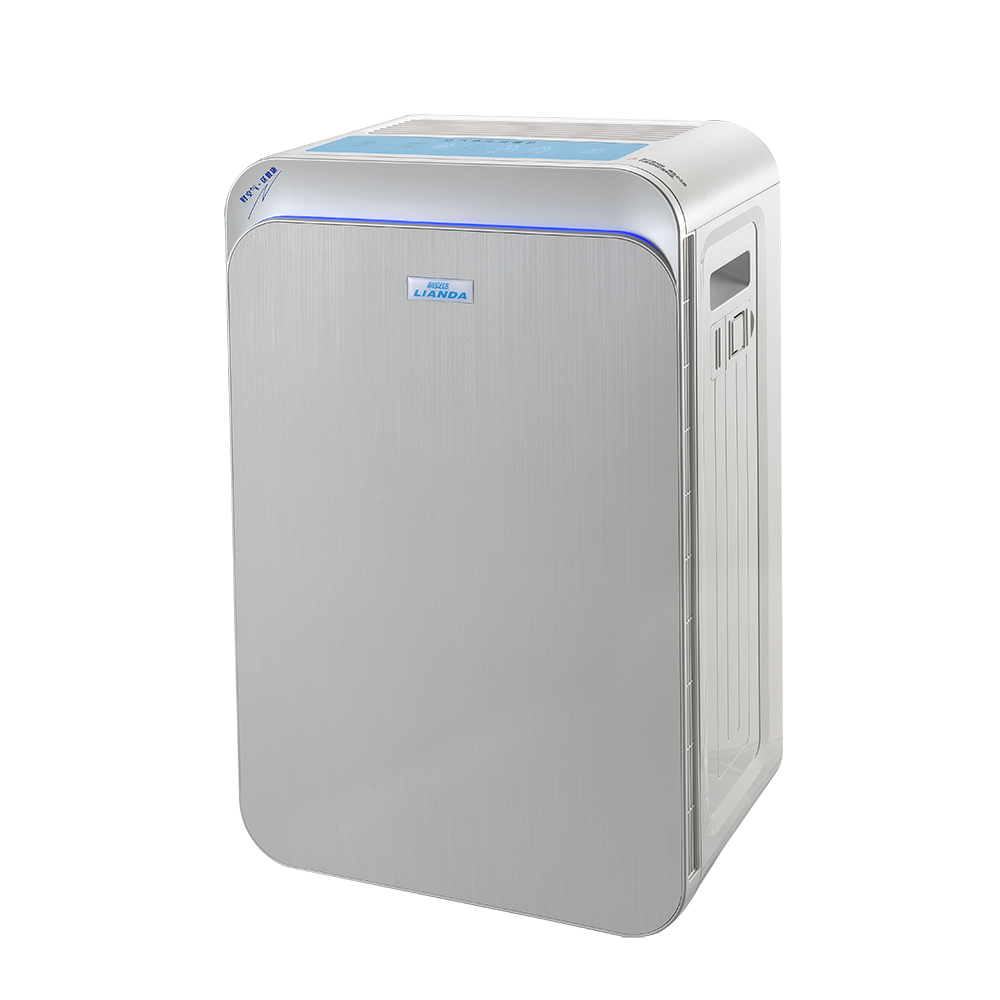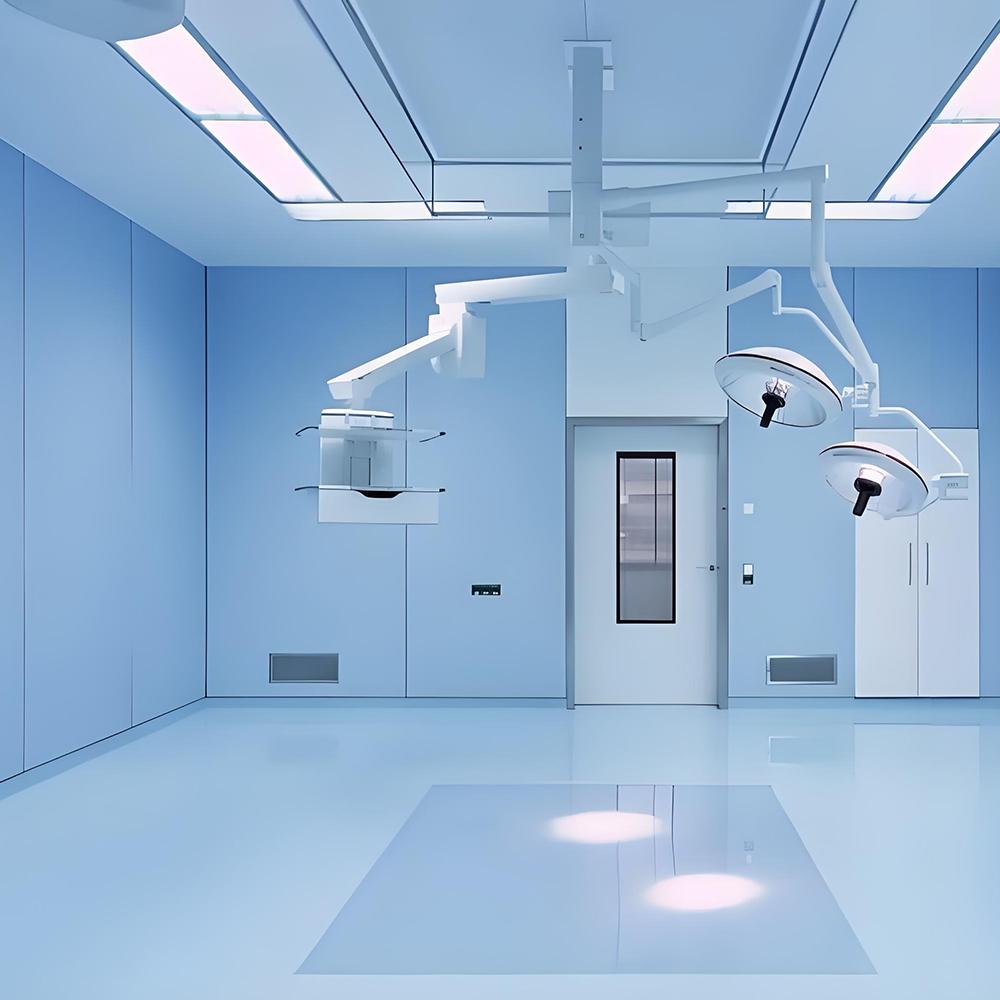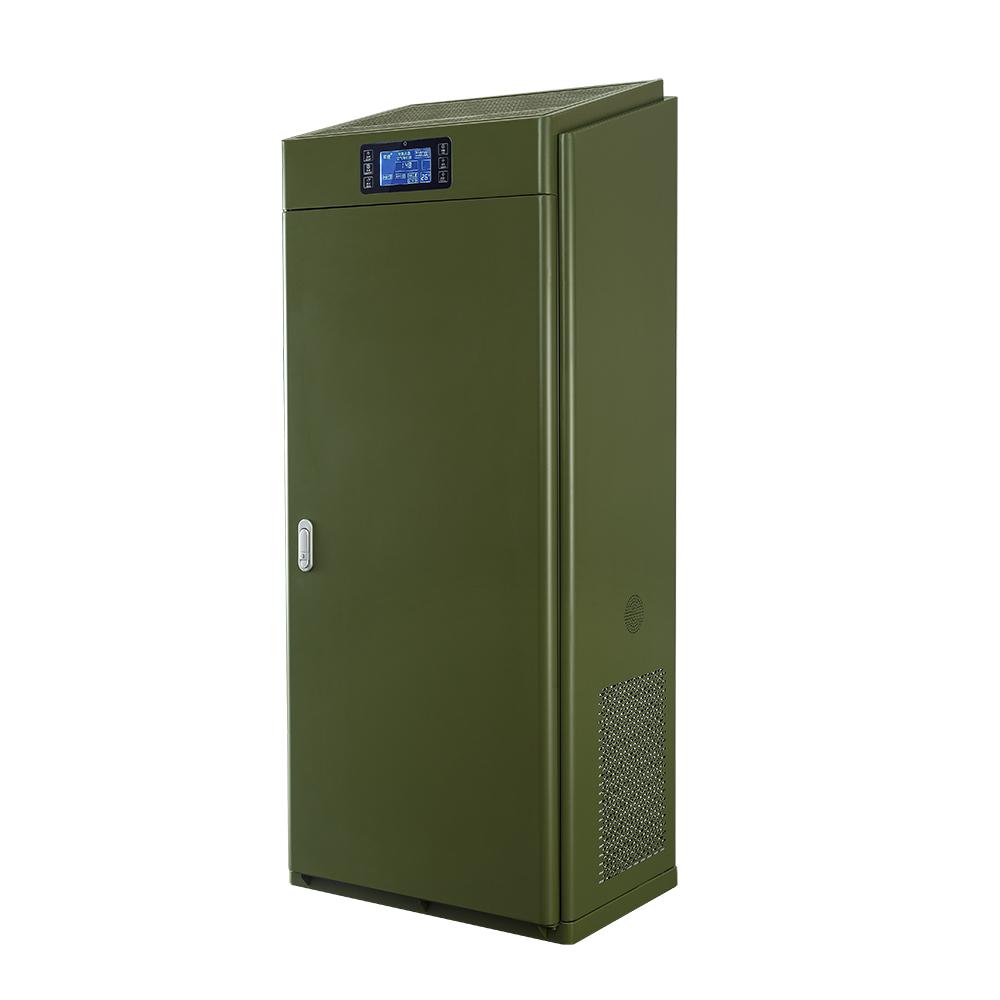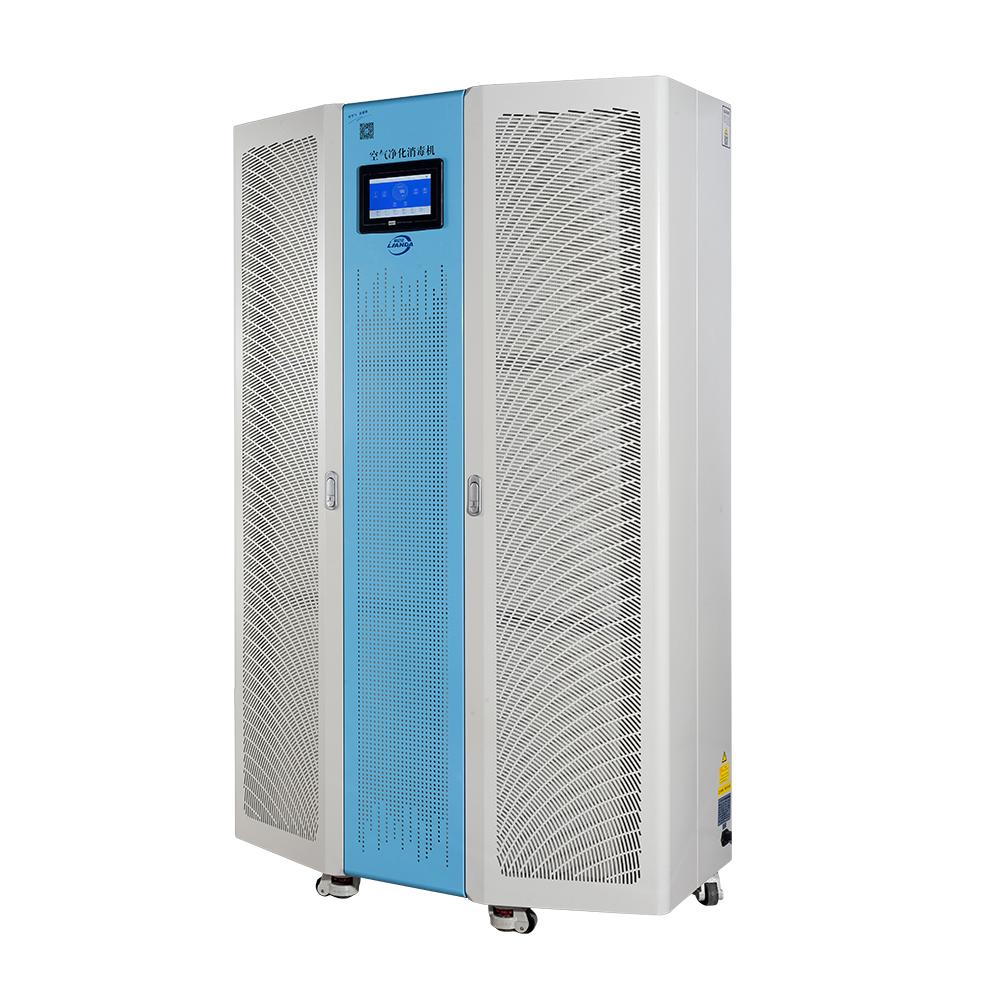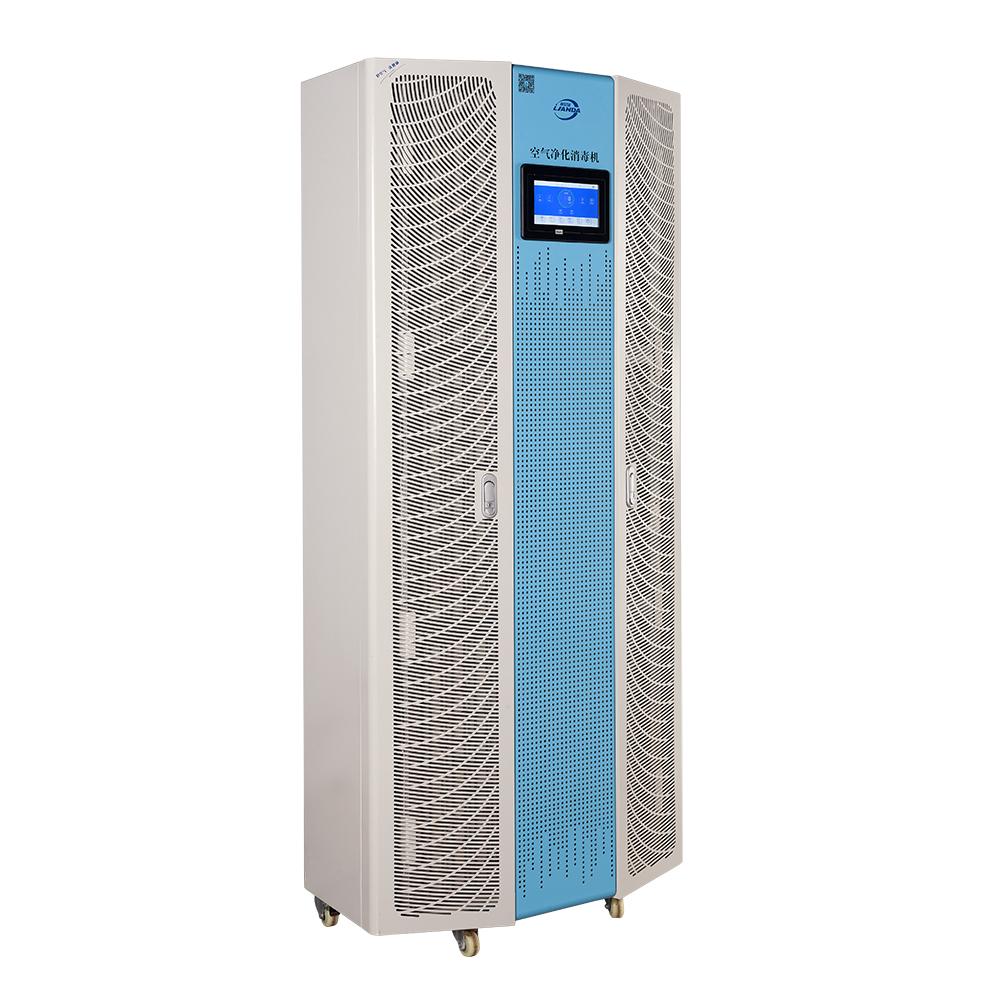Air purifier can alleviate air allergy symptoms
With the acceleration of urbanization, the problem of air pollution has become more and more prominent, and various types of allergens are ubiquitous in our lives. Tiny particles such as dust mites, pollen, mold, and pet dander not only affect our quality of life, but are also an important factor in the increase in the incidence of allergic diseases. As an effective indoor air improvement device, air purifiers have gradually attracted people's attention and are believed to be able to significantly alleviate the symptoms of air allergies.
1. Causes and effects of air allergies
Airborne allergies mainly refer to allergic symptoms caused by allergic reactions to specific substances (allergens), such as nasal congestion, runny nose, sneezing, asthma, etc. Common airborne allergens include:
Dust mites are widely found in the home environment, especially in areas such as mattresses, pillows, and carpets.
Pollen: Pollen released by plants during the growing season is a major cause of seasonal allergies.
Mold: Mold spores that grow easily in moist environments, often found in dark corners or bathrooms.
Animal hair: The surface layer of skin and hair on pets.
These allergenic substances not only exist in the outdoor air, but the indoor environment may also be a breeding ground for them to breed and accumulate.
2. Working principle of air purifier
Air purifiers can effectively remove pollutants and allergens from the air through a series of filtration and disinfection technologies. Its main working principles include:
HEPA filtration: High-efficiency particulate air (HEPA) filters capture 99.97% of particles 0.3 microns in diameter and larger, including allergens such as dust mites, pollen and mold.
Activated carbon filtration: Activated carbon can absorb harmful gases and odors in the air and reduce irritation to the respiratory tract.
Negative ion generation: Some air purifiers are equipped with negative ion generators, which can neutralize positive ion particles in the air and make the air fresher.
3. Application of air purifiers in alleviating air allergies
Home environment: Using an air purifier in the home can significantly reduce the concentration of allergens such as dust mites, pollen and mold, providing a more comfortable living environment for allergic patients.
Office: In offices and other workplaces, if you are in a closed environment for a long time, the air circulation is not smooth, and allergens are more likely to accumulate. Regular use of an air purifier can effectively improve air quality and increase work efficiency.
Schools and hospitals: In public places such as schools and hospitals, air purifiers can provide teachers, students and patients with a cleaner and safer space and reduce the occurrence of allergic symptoms.
4. Selection and usage suggestions
When choosing an air purifier, you should pay attention to the following aspects:
Filtration effect: Choose a purifier equipped with HEPA filter and activated carbon to ensure its filtration efficiency.
Applicable area: Choose a suitable purification model according to the size of the space used.
Noise level: Choose an air purifier with moderate noise level to avoid affecting daily life and work.
When using it, it is recommended to replace the filter regularly to ensure the purification effect and maintain the normal operation of the machine. Additionally, clean the interior regularly to prevent contaminants from being released into the air again.
Air purifiers have a significant effect in alleviating air allergies and can provide us with a healthier living environment. With the continuous advancement of technology, air purification equipment in the future may be more intelligent and efficient, helping more people fight against air allergies. The air purifiers produced by LAD are cost-effective and are mainly medical grade air purifiers. They not only remove particulate pollutants in the air, but also can kill viruses and sterilizes. They are a good helper for us to protect our health.
